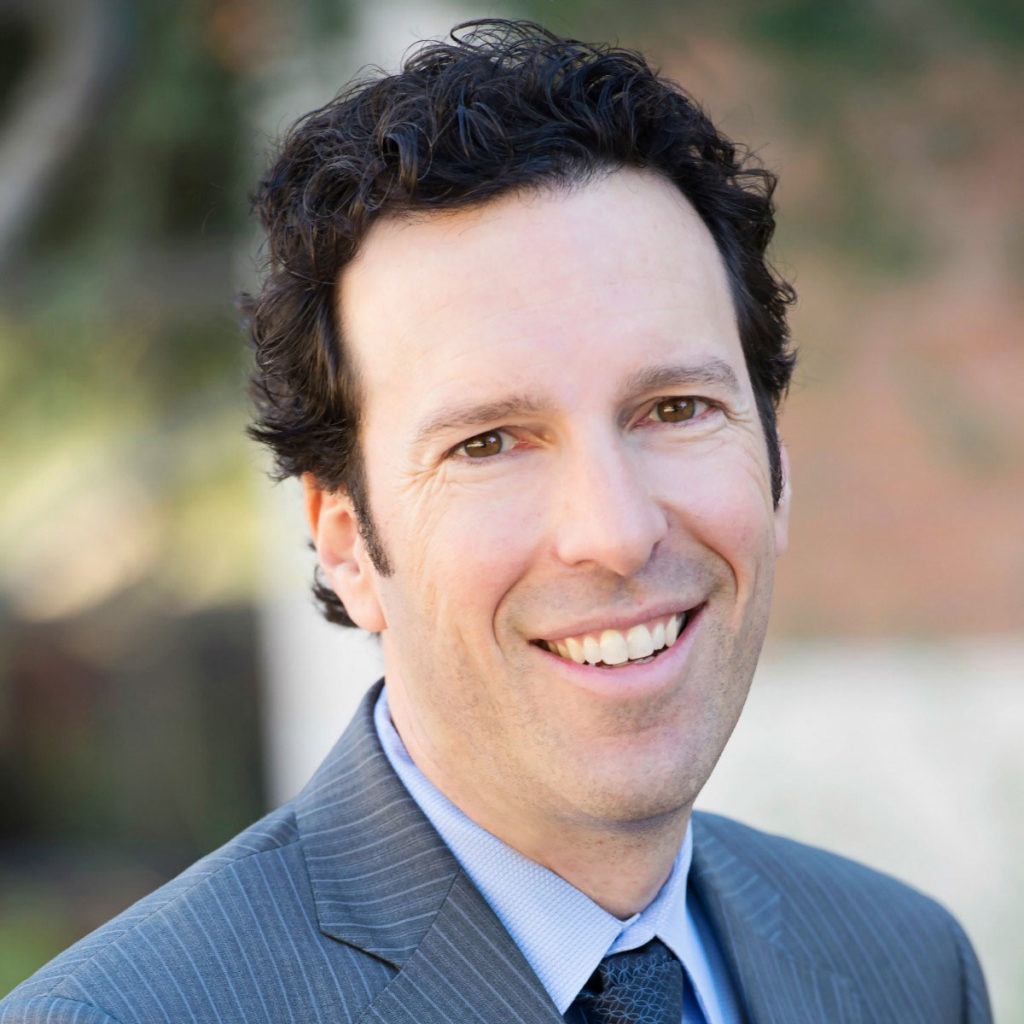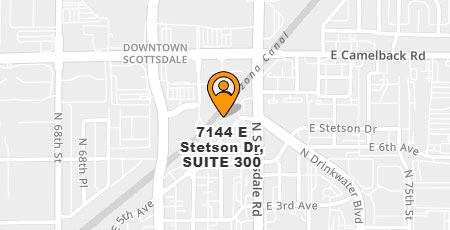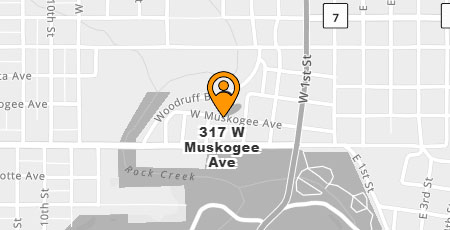

Rose Law Group’s co-founder, Court Rich, takes a look back at the highlights of what was a wild and contentious decade for solar policy in Arizona. Court and his department at Rose Law Group have been fortunate enough to have played a significant role in each item on this top-ten list.
2010
The Arizona Corporation Commission (ACC) ruled in favor of SolarCity, clarifying that a business doesn’t need to be regulated as a utility in Arizona for it to offer residential and commercial solar leases and commercial “solar service agreements (SSAs).” The “SolarCity Decision” permitted SSAs as long as the commercial solar customer was a not-for-profit entity like a school, government, or church. This significant decision was supported by interests as diverse as the Goldwater Institute and the Sierra Club but hotly opposed by Arizona utilities.
2013
ACC rejected Arizona Public Service Company’s (APS) attempt to levy solar-killing fees on rooftop solar customers.
In the biggest victory for rooftop solar in the decade, the Commission rejected APS’ aggressive attempt to require new solar customers to pay $50-$100 a month in fees and instead instituted a milder roughly $5 a month charge. Advocates demanded that APS not be permitted to “tax the sun” and thousands rallied at the ACC on the day of the ultimate vote. Notably, the controversy around this docket led APS to launch a secret campaign against the rooftop solar industry and to initially lie about its role in the campaign.
2014
Salt River Project (SRP) killed residential rooftop solar by instituting mandatory demand charges.
In one of the biggest solar setbacks of the decade, SRP’s board ignored its customers’ wishes and instituted a requirement that all future solar customers take service under a demand charge rate, which all but ended rooftop solar adoption in SRP territory. Notably, this action set in motion a wave of political interest in SRP’s previously sleepy election process. Since this time, four solar advocates have done what was previously thought impossible and won seats on the farmer-heavy board. These advocates had their sights set on more seats in the future.
2014
APS backed candidates, Doug Little and Tom Forese took office at the ACC.
Never before had a utility spent so much money to get its favored regulators into office. While the public was kept in the dark, APS funneled millions of dollars into expenditures to see that their candidates of choice were elected. Before the election, Little made public comments at the Commission denouncing net metering, and it was widely assumed APS launched this dark money campaign in an effort to get Forese and Little to end net metering and hurt the rooftop solar industry. Notably, it was not until 2019, once Little and Forese we’re both out of office, that the public learned the details of APS dark money spending.
2015
Under intense pressure, APS withdrew its request to raise the monthly fee on rooftop solar customers.
After solar interests filed demands that APS-backed Commissioners Little and Forese recuse themselves from voting on APS’ proposed solar fee increase, the utility withdrew its application. Notably, these Commissioners would ultimately make up the decisive majority in the Commission’s decision to end net metering in 2016.
2016
The ACC, including APS’ handpicked regulators, ruled in the “Value of Solar” docket, where a controversy-riddled Commission sided with utilities ordering an end to net metering.
The Commission replaced net metering with an annually declining export rate known as the resource comparison proxy or “RCP.” The impacts of the declining RCP were already being felt in Tucson, where the utility was predicting a 94% decline in the growth of rooftop solar over the next decade. Unless the RCP were to be reversed in the coming decade, rooftop solar would no longer be able to save new customers money at some time in the near future. Solar interests appealed this controversial decision.
2017
The APS rate case is settled with the Commission approving a settlement that kept the RCP construct in place and resulted in a dismissal of the appeal of the Value of Solar decision.
2019
The Commission approved rules for the interconnection of solar and batteries.
It’s hard to believe it took until 2019, but after more than a decade of work, the ACC approved forward-looking interconnection rules that should position Arizona to grow the number of rooftop solar devices that are paired with energy storage in the future and simplify interconnection processes for many.
2019
APS filed its next rate case.
While it will not be decided this decade, this case will likely decide to what extent APS customers will be able to adopt rooftop solar through the 2020s. Check back in the next decade for the result.
2019
The Commission required long-term contracts for independent solar developers using PURPA, rejecting utility requests that PURPA contracts be limited to just two years and instead closed out the decade by handing solar interests a major victory. The Commission implemented an 18 year minimum contract period for utility-scale solar facilities.
Does this decision foreshadow that the 2020s will be a strong decade for solar policy at the ACC? Check back in 2029.





